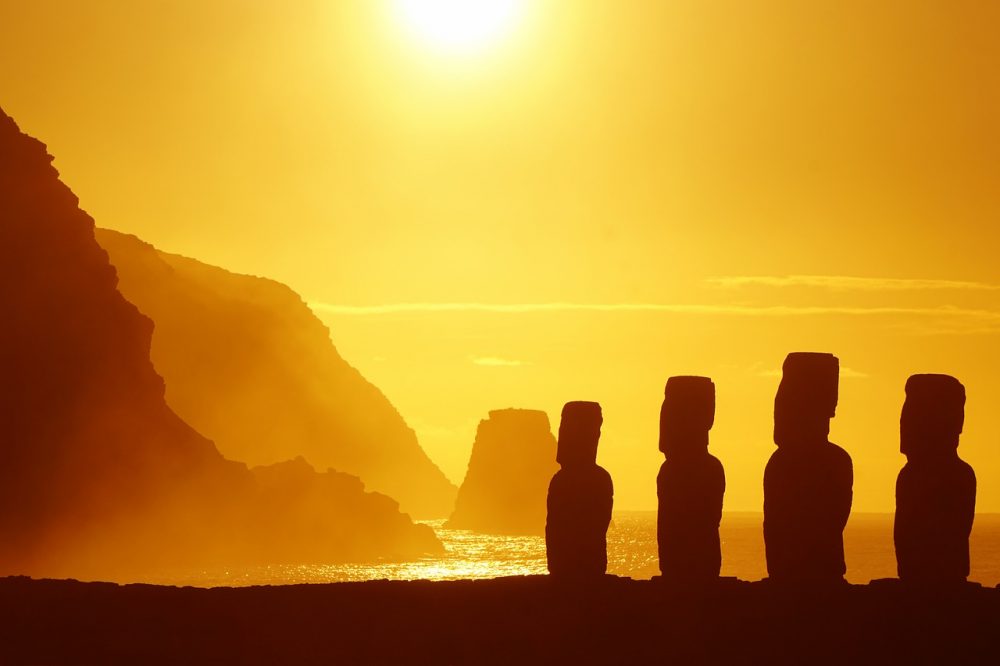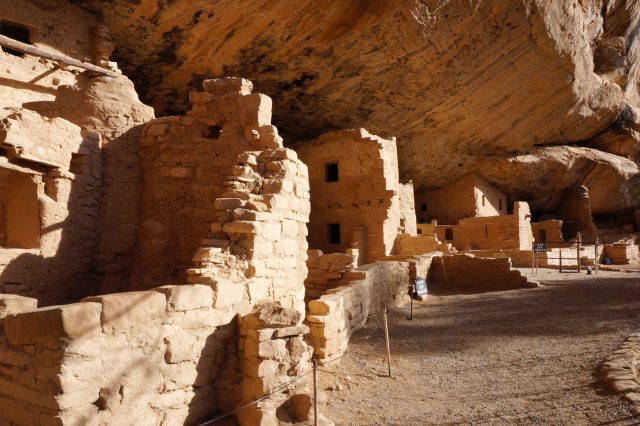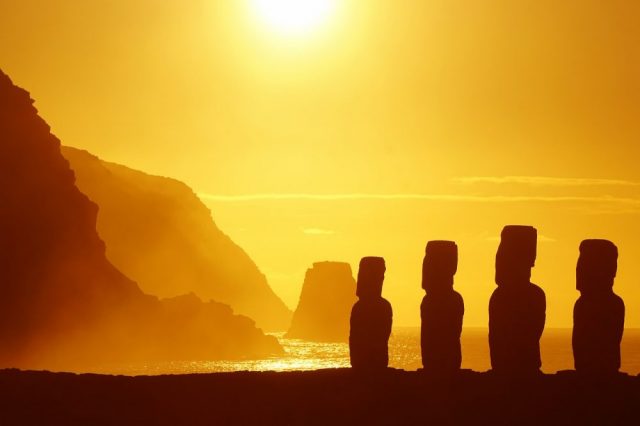Researchers have found conclusive evidence that suggests contact between Native American populations and Polynesian populations in prehistoric times.
A new genetics study has revealed unprecedented data suggesting that native Americans traveled to Polynesia in prehistoric times.
Thanks to extensive genetic analysis, an international team of researchers demonstrated that the connection between the inhabitants of Polynesia and the Americas existed in the past, around the 1,200s, which is centuries before Europeans arrived on the islands.
For the new study, the researchers collected saliva samples from more than 800 volunteers on 17 Polynesian islands and 15 indigenous groups along the American Pacific coast, from Mexico to Chile. “We found identical segments by Native American descent on several Polynesian islands,” says Alexander Ioannidis, a postdoctoral researcher at Stanford University and co-author of the study published in Nature.
The new study strongly suggests that contact took place in eastern Polynesia, before the settlements in Rapa Nui, between Polynesian individuals and a group of Native Americans closely related to the indigenous inhabitants of present-day Columbia, the researchers reveal.
“Our results show the usefulness of genetic studies of modern populations, which allow for large sample sizes to unravel complex prehistoric questions, and demonstrate the importance of combining anthropological, mathematical, and biological approaches to answer these questions,” the team writes.
It should be noted that this is the first genetic study that tells us that the initial point of contact for American sailors was not Easter Island (home to the incredible Moai statues), the closest island to South America but islands to the east of the Polynesian archipelago, such as the South Marquesas.
Although this study offers unprecedented data about the contact of Native Americans with the Polynesian population, the idea had already been presented in the past.
In 1947, an expedition led by Norwegian explorer Thor Heyerdahl set sail from the Peruvian coast on a wooden raft called Kon-Tiki to test a daring theory: that people from South America might have reached the islands of Polynesia in pre-Columbian times.
The crew sailed for 101 days on a 7,000-kilometer journey to the Pacific Islands, proving that the idea was by no means far-fetched. Heyerdahl’s crew reached the Tuamotu Islands.
In this way, Heyerdahl challenged the most accepted hypothesis at the time, which assumed that this remote area of the world had been populated only by travelers from Asia. Despite his feat, his theories were criticized by most of the experts of his time.
This new study offers additional clues to the theory and joins a list of other studies that have collected evidence that points in the same direction.
For example, some researchers had noticed a similarity between statues from Polynesia and South America, as well as suspicious coincidences in certain words of the languages (sweet potato in Polynesian languages is called kuumala, while the Quechua people, several indigenous ethnic groups in South America, call it kumara or cumal). Furthermore, research into favorable ocean currents of the time backs up the latest research.
Join the discussion and participate in awesome giveaways in our mobile Telegram group. Join Curiosmos on Telegram Today. t.me/Curiosmos




